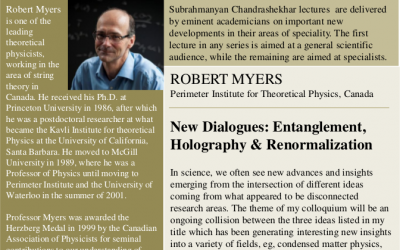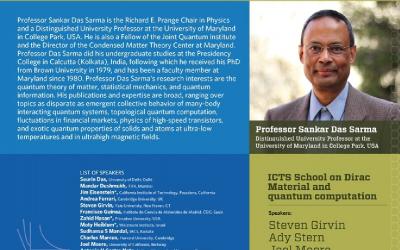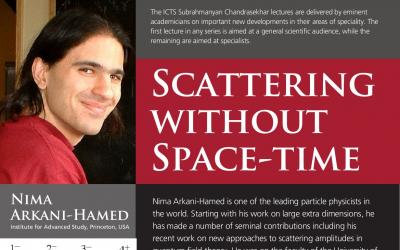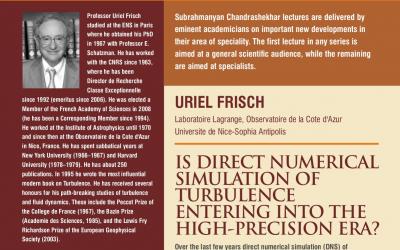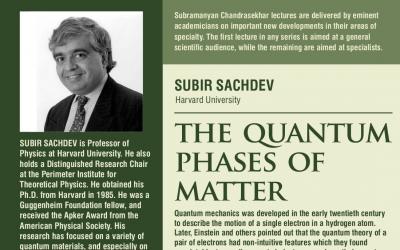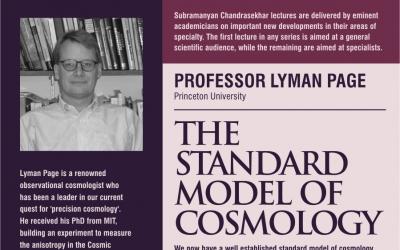Robert Myers (Perimeter Institute for Theoretical Physics, Canada)
10 December 2014, 16:00 to 17:00
Physics Auditorium, IISc campus, Bangalore
In science, we often see new advances and insights emerging from the intersection of different ideas coming from what appeared to be disconnected research areas. The theme of my colloquium will be an ongoing collision between the three ideas listed in my title which has been generating interesting...more


